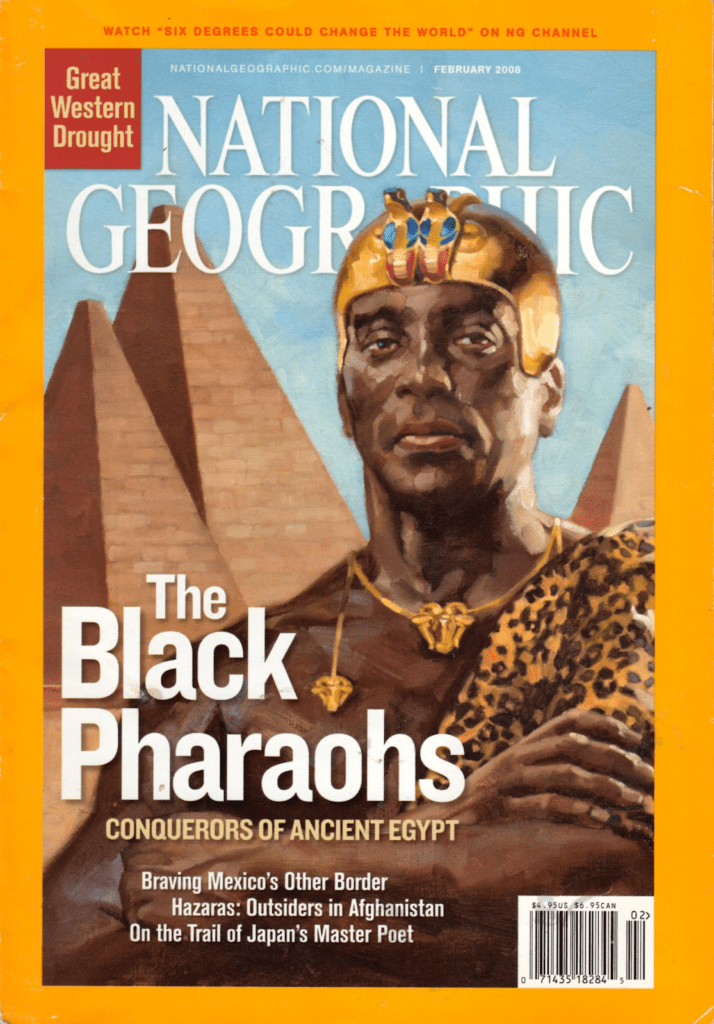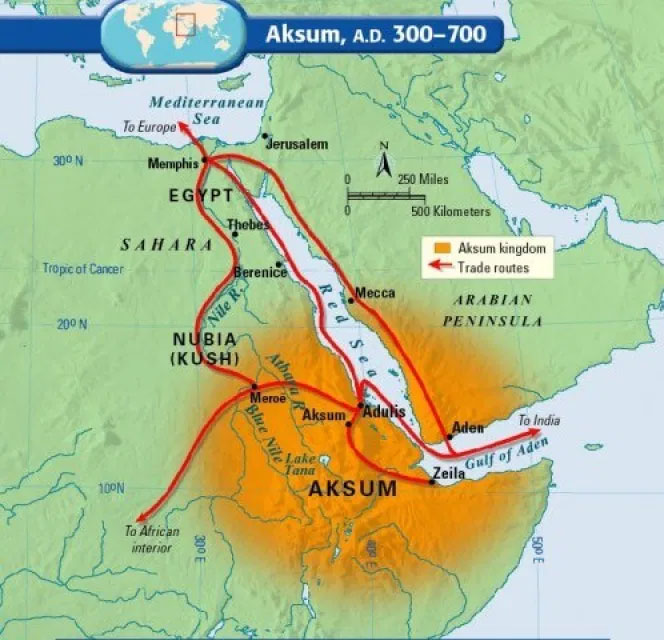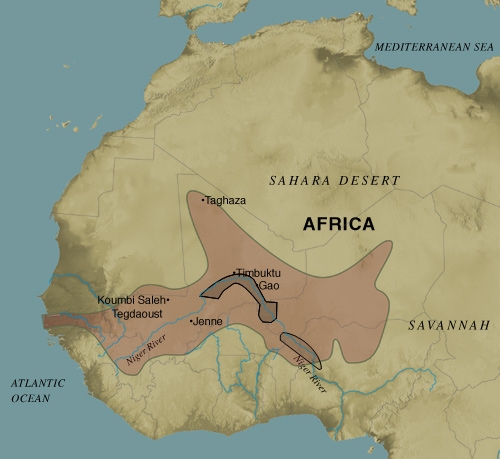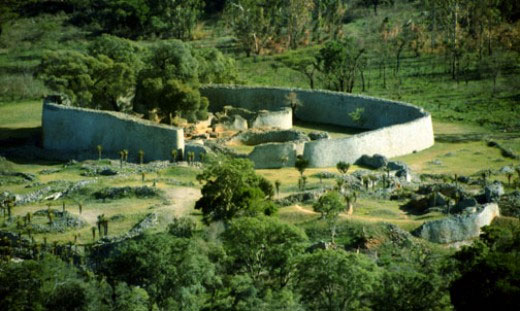Learn About African Culture and Ancient Civilizations
At Bliaspora in Chicago, Illinois, we highlight information people might not know about the African people, such as the different civilizations and cultures. In this way, we hope to deepen everyone’s understanding that not all Africans experience the same narrative as discussed during Black History Month.

Ancient African Civilizations
Kingdom of Kush
The Kingdom of Kush thrived from 2000 B.C. to 350 A.D. and had ties to Ancient Egypt. The Kingdom of Kush remnants can currently be seen on the walls, tombs, and temples throughout ancient Egypt. The depictions on the murals portray the Kushites as darker skin bearing gifts, this may be seen as a good gesture but the relationship of the two empires was complicated.
The Kingdom of Kush was south of Egypt down the Nile River and this proximity to the two empires created a major trading hub or center. The fractured relationship between Kush and Ancient Egypt as Egypt raided several territories of Kush. During the New Kingdom period (1600‑1100 BC), now under the rule of Egypt Kush became to adopt the Egyptian way of life wish included worshiping Egyptian gods and wearing Egyptian clothing.
“Egypt’s weakness was Kush’s strength, and the Kingdom of Kush is first dated to c. 1069 BCE when the Kushite kings were able to reign without fear or reference to Egyptian monarchs or policies. Napata was chosen as the capital of the new kingdom which continued to trade with Egypt but were able to expand their commerce now with other nations. Kings at first were still buried at Kerma but eventually the royal necropolis was established at Napata. The kingdom grew steadily until it was powerful enough to take what it wanted from Egypt whenever it pleased, and yet when this time came, they did not enter Egypt as conquerors but as ruler’s intent on preserving Egyptian culture.”
Mark, J. J. (2018, February 26). The Kingdom of Kush. From Ancient History Encyclopedia: https://www.ancient.eu/Kush/
For further information visit: Kingdom of Kush at Wikipedia
The Land of Punt
The Land of Punt is described in Ancient Egyptian text as the land of gods that existed around 2500 BC. Although scholars are still debating the exact location of this ancient civilization, many scholars believe it is found in modern‑day Somalia. The Land of Punt traded with Ancient Egypt and both empires benefited equally through these transactions.
“Among the treasures brought to Egypt from Punt were gold, ebony, wild animals, animal skins, elephant tusks, ivory, spices, precious woods, cosmetics, incense and frankincense and myrrh trees. The incense trees mentioned were an especially impressive article of trade. As noted, this exchange is the first time in recorded history that fauna (plants and trees) was successfully transplanted in another country.”
Mark, J. J. (2011, August 1). Punt. From Ancient History Encyclopedia: https://www.ancient.eu/punt/
For further information visit: Land of Punt at Wikipedia
Carthage
Carthage from 813 to 146 BC was a North African hub that existed for over 500 years that clashed with Ancient Rome during the Punic Wars.
“At its peak, its capital city boasted nearly half a million inhabitants and included a protected harbor outfitted with docking bays for 220 ships. Carthage’s influence eventually extended from North Africa to Spain and parts of the Mediterranean, but its thirst for expansion led to increased friction with the burgeoning Roman Republic. Beginning in 264 B.C., the ancient superpowers clashed in the three bloody Punic Wars, the last of which ended in 146 B.C. with the near‑total destruction of Carthage. Today, almost all that remains of the once‑mighty empire is a series of ruins in the city of Tunis.”
ANDREWS, E. (2018, August 22). 7 Influential African Empires. From History: https://www.history.com/news/7-influential-african-empires
To some Carthage may be controversial since some question whether this great empire was ruled by blacks. History tells us that Europeans cannot accept the fact that blacks can be advanced or defeat a white empire, ex. Haiti. Whether it be racism or colorism, that narrative still exists. Ancient Egyptians being depicted as white in movies.
For further information visit: Carthage at Wikipedia
Aksum
Aksum was in eastern Africa, where current nations of Ethiopia, Somalia, and including the southwestern portion of the Arabian Peninsula reside. From 300 to 700 A.D. the Aksum empire existed where trading with empires of Egypt, Arabia, Persia, India, and Rome made Aksum an international trading power.
“Aksum provides a counterpoint to the Greek and Roman worlds and is an interesting example of a sub‑Saharan civilization flourishing towards the end of the period of the great Mediterranean empires. It provides a link between the trading systems of the Mediterranean and the Asiatic world and shows the extent of international commerce at that time. It holds the fascination of being a “lost” civilization, yet one that was African, Christian, with its own script, coinage, and international reputation. It was arguably as advanced as the Western European societies of the time.”
(The British Museum, 2016)
After 800 years of existence, Aksum fell to Muslim invaders between 632 and 750 A.D. the empire lost its hold as a trading superpower after the port city was destroyed resulting in an isolated empire.
For further information on visit: Kingdom of Aksum at Wikipedia
The Kingdom of Aksum as seen below.

Mali Empire
The Kingdom of Mali existed from 1230–1600 A.D. in Western Africa after the collapse of the Ghana Empire. Like the Ghana Empire, the source of wealth came from gold but further eastward where new gold deposits were found. Although, gold was the most profitable commodity salt was another source of revenue for this empire. It was in this context that the Empire of Mali’s most famous ruler, Mansa Musa, ascended to the throne. It is debated by historians whether Mansa Musa was the grandson of one of Sundiata’s brothers, thus making him Sundiata’s grand‑nephew, or if he was the grandson of Abu Bakr. What is known is that Mansa Musa converted to Islam and underwent a pilgrimage to Mecca in 1324, accompanied by 60 000 individuals and large quantities of gold. His generosity was supposedly so great that by the time he left Mecca he had used every piece of gold he had taken with him and had to borrow money for the return trip.
“Mansa Musa was known to be a wise and efficient ruler, and one of his greatest accomplishments was his commission of some of the greatest buildings of Timbuktu. In 1327 the Great Mosque in Timbuktu was constructed, and Timbuktu would later become a centre of learning. At the end of Mansa Musa’s reign, he had built and funded the Sankara Madrassa, which subsequently becomes one of the greatest centres of learning in the Islamic world, and the greatest library in Africa at the time. The Sankara Madrassa is estimated to have housed between 250 000 and 700 000 manuscripts, making it the largest library in Africa since the Great Library of Alexandria. Some sources claim that during his reign Mansa Musa conquered 24 cities with its surrounding land, thus expanding the empire greatly.”
(The Empire of Mali, 2019)

Mansa Musa died in 1337 resulting in the remaining successors lacking the ability to govern the way Mansa Musa did so efficiently and effectively. Within 50 years the powerful kingdom of Mali began to weaken after the Mansa Musa and the discovery of more gold has been discovered east of the Mali Empire.
For further information visit: Mali Empire at Wikipedia
Songhai Empire
Songhai Empire with the decline of the Mali Empire in the 1400s the Songhai Empire arose to the east. The Songhai had two rulers, one being Sunni Ali, who built a vast empire by military conquest. Sunni Ali’s rule began in 1464 and lasted almost 30 years. Sunni Ali’s son was ousted by Askia Muhammad after fellow Muslims accused him of not being a devout Muslim and revolted. Muhammad was in power for 37 years, becoming an excellent leader and set up an efficient tax system.
“The opening up of the sea route to the Mediterranean would also mean the trans‑Saharan camel caravans now faced serious competition as the best way to get trade goods to North Africa and Europe. However, the Portuguese were not quite so successful as they had hoped in exploiting Africa’s resources. Certainly, the Songhai in any case managed to monopolize the Saharan caravan trade which brought rock salt and luxury goods like fine cloth, glassware, sugar, and horses to the Sudan region in exchange for gold, ivory, spices, kola nuts, hides, and slaves. Timbuktu, with a population of around 100,000 in the mid‑15th century CE, continued to thrive as a trade ‘port’ and as a center of learning into the 16th and 17th centuries CE when the city boasted many mosques and 150‑180 Koranic schools.”
Cartwright. (2019, March 8). Songhai Empire. From https://www.ancient.eu/Songhai_Empire
The downfall of the Songhai Empire was their lack of weapons. The Songhai used spears and swords, however, the invading forces had advanced to projectile weapons with the use of gunpowder that was invented by the Chinese in the ninth century.

Great Zimbabwe
Great Zimbabwe was a great empire that arose in the 13th through 15th centuries and little is known of them due to the lack of any writing found. Carbon dating shows that the first bricks laid for their massive structures began around 900 A.D. Zimbabwe translates to house of rock which a suitable name for this stone metropolis. By 1000 A.D. the growing society divided into the classes of the elite and the working class. During this time of growth, large granite structures were built on this large area of land that historians say a population of 10,000 to 20,000 occupied this city.
“The buildings were made of heavy granite blocks, stacked tightly together. Stones were arranged carefully, and no mortar was used to seal them together. The largest and most impressive building was an elliptical structure known today as the Great or Western Enclosure. The remains of its outer wall measure over 800 feet long and up to 32 feet high. The wall enclosed several huts and a tall, cone‑shaped tower. Archaeologists and anthropologists believe that the enclosure was the city’s center and was occupied only by the elite. It was the dividing line between the rich and the rest.”
(UShistory.org)

Archaeological finds further proved that Great Zimbabwe continued to flourish in 1200 A.D. where finds of Chinese porcelain, glass from the middle east, and ornaments from West Africa were found. These findings further proved that this empire was a major trading hub. Unfortunately, this great empire mysteriously laid abandoned in the mid‑15th century. When Portuguese settlers discovered the land, they could not believe that a great empire with large stone builders could have been built by indigenous African because they were too primitive. Eurocentric views and racism led to excavations of the site, which led to irreparable damage to the site by geologists and archaeologists.
“Europeans were colonizing southern Africa, seizing land from native peoples such as the Shona and Zulu. To justify their actions, white politicians, soldiers, and settlers needed to believe that they were superior to the black Africans. They could not accept that black Africans, whom they were accustomed to regarding as ‘savages,’ had built the large, well‑made stone structures. As word of Mauch’s find spread, treasure hunters descended on the ruins to dig for gold. They destroyed archaeological evidence, littered the area with broken liquor bottles and old boots, and were rewarded with small amounts of gold.”
(Great Zimbabwe, p. 14‑15)
Karl Mauch was a German geologist seeking fortune and fame in Africa. In 1890 a British financier, Cecil Rhodes, to establish a colony in South Africa and journalist Richard Hall whom Rhode’s company left in charge of the ruins wrote about the ruins of Great Zimbabwe. He established that far easterners and Arabs of the more civilized world built Great Zimbabwe, creating the non‑African origin of the ruins became established as official history in 1905.
David Randall MacIver, an archaeologist, closely examined the ruins and “announced that Great Zimbabwe was ‘unquestionably African in every detail.’ Randall‑MacIver was right, but the white colonial establishment rejected his views. Most people were simply not ready to accept the idea that a skilled and powerful civilization had arisen in black Africa. They found other theories more attractive such as ancient Egyptians, shipwrecked Vikings, and even the mythical ‘lost civilization’ of Atlantis.” (Great Zimbabwe p. 16).
Another highly skilled British Archaeologist, Gertrude Caton‑Thompson, went to Great Zimbabwe in 1929. By using the method of stratigraphy, the study of layers of soil, her report stated that Great Zimbabwe was “a native civilization” of “originality and amazing industry.” Her finding was clear and has finally been accepted that Great Zimbabwe is African.
For further information visit: Great Zimbabwe at Britannica


